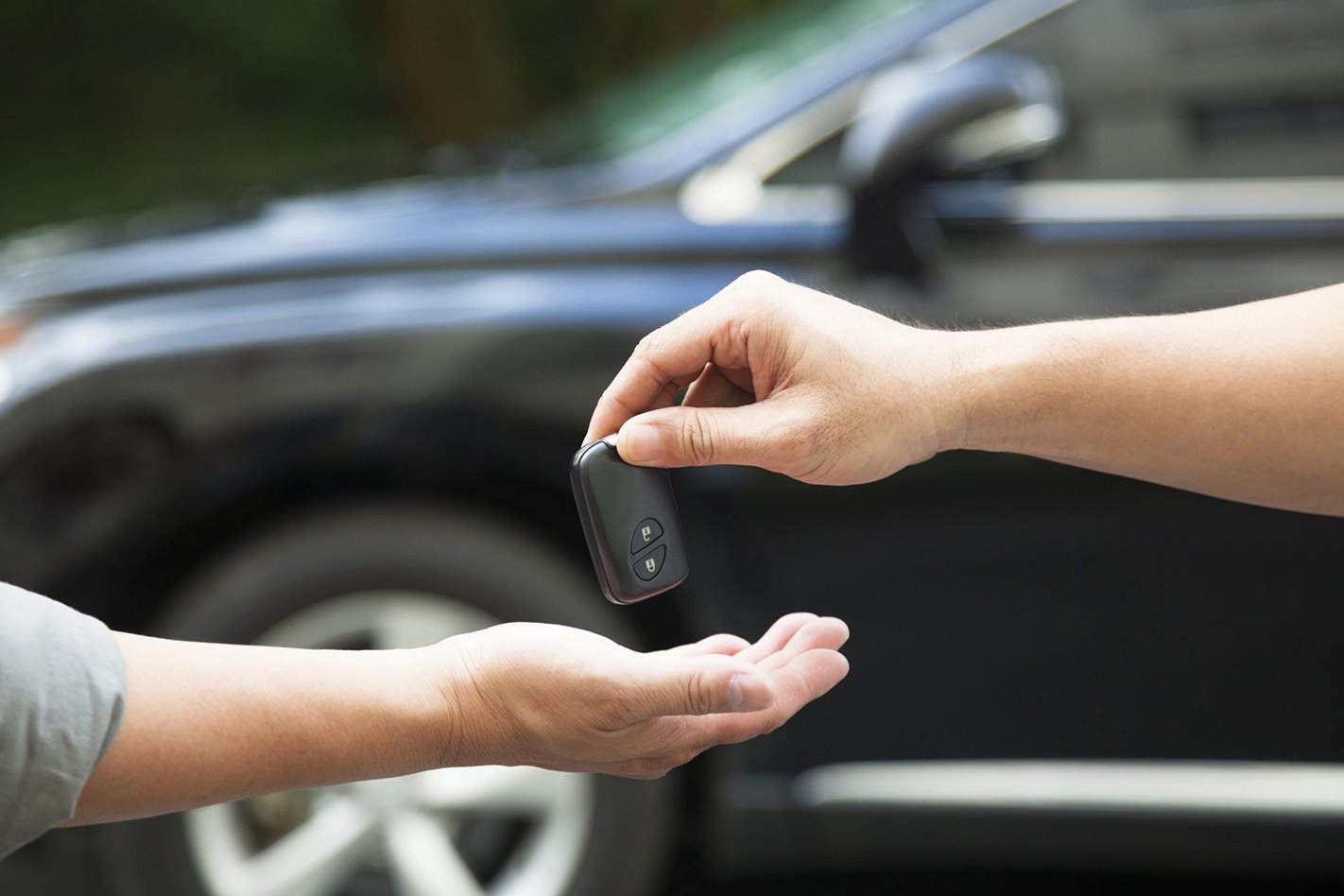
It’s time to replace your car with a new one, so are you better off selling your car privately and getting the best possible price or trading it in for less to save you the hassle?
Firstly it depends on what you’re trading in.

If it’s a reasonably new, desirable or unique car that’s in demand you’re probably better off selling it privately and sticking to your guns on your desired price.
How to write an effective used car sale ad
If it’s a common car with a few miles on the clock or needs work it’s probably worth wearing the lower price of a trade-in to avoid the cost and effort needed to sell it, like getting a roadworthy/safety certificate, dealing with niggling maintenance issues and organising the transfer paperwork.
That said if you decide to trade there are ways to ensure the transaction benefits you in securing the best deal on the new car.

Getting the best trade-in price
Do your homework to find out a fair price for your trade in. Be realistic about this – the dealer won’t share any sentimentality you have for the car and they need to turn a profit on it.
One way to find the price of your car is via automotive data services such as Glass’s Guide which provide online valuations of almost any car for $19.95, which includes private sale and trade-in values.
Alternatively you can check out private sales of similar cars, remembering there are subtle differences among the same models such as the type of transmission and engine size and factory extras such as leather interior and sunroof, mileage, their condition, and even location.
Once you see a price that fits your car take about 10 percent off for a trade-in price. In reality it’s more likely to be 15 to 20 percent less, but go with about 10 per cent off should the dealer ask how much you want and give yourself some wriggle room.
Confessions of a car dealer: Five top tips for getting the best deal
Preparing your car for trade-in
While it’s possible to arrange a trade-in for a car sight unseen, most dealers will insist on seeing the car before offering a trade-in deal and may want to fully appraise it.
Dealers are looking for something that can be sold on quickly, either to a customer or another car yard so they could be fussy when it comes to service history and anything requiring costly repairs.

While it’s important for it to appear neat inside and out, don’t bother detailing it to showroom condition. A bit of dirt isn’t a deal breaker. And if you rock up to a car dealership in a very clean car you’re telling the dealer you’re there to seal a deal, which makes playing hard to get difficult.
Be prepared for their hard luck stories such as how your car isn’t a great seller or even how they’ll be doing you a favour by getting the car off your hands at a cost to them.
Should you buy a new or used car?
As with getting the best price when buying a new car, be prepared to shop around for a fair trade in.
Be aware that it’s usually not worth the effort and money of servicing, detailing or fixing up your trade-in. More often than not you’ll be spending more money in fixing your trade-in than you would get in return trade-in value. Of course, making sure the car is presentable yourself by washing or adding touch-up paint is always a good idea.

Using the trade-in for a better price on a new car
If you’re bargaining on the price of the car you want to buy, don’t mention the trade in until you get into a price range you like. Then tell the dealer a trade in will seal the deal and see what they offer for your car.
Even if they won’t budge further on the price of the car you want to buy, they may be able to sweeten the deal by giving you a better trade in offer – this is where having a good idea of what your car is worth comes in handy.




